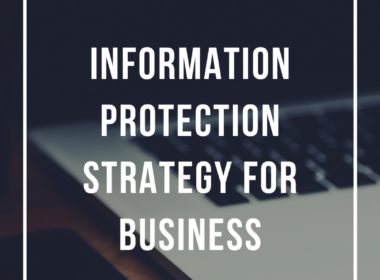A wireless access point is a hardware device or a configured node one local area network. It allows wireless capable devices and wired networks to connect through a wireless standards.WAP allows WIfi devices to connect to a wired network.
In recent years, smart home virtual assistants have come into wide use. These include products such as Google Home and Amazon Alexa, which fit into a wireless network much like computers, mobile devices, printers, and other peripherals: via a wireless connection to an access point.
They enable voice-activated interaction with the internet and control home-related devices including lights, thermostats, electrical appliances, televisions, and more, all through the Wi-Fi network that the access point enables.
What are the Advantages of a Wireless Access Points?
- Scalability: Expanding a wired network involves adding new cables and rerouting the existing ones which can be costly .In a wireless, a user can be added by issuing a password and updating on the server which is quite easy.
- More user Access: A WAP is able to allow over 50 or even hundreds of users access, and has stronger ability to send and receive signals. Especially in a large area needing wireless coverage.
- Mobility: Mobility is a great advantage offered by wireless networks especially for businesses. It enables you to access the server from anywhere in the office. You can also attend meetings wherever you are, whether in the meeting room or outside. Some businesses allow you to connect to it remotely if you are away from office.
What Are the Disadvantages of a Wireless Access Point?
- Security Issues: Wireless networks can be accessed by any computer within range of the network’s signal so information transmitted through the network (including encrypted information) may be intercepted by unauthorized users.
- Speed: Wireless networks are typically slower than wired networks, sometimes even up to 10 times slower
- Reliability: Since wireless networks work with radio wave communication, the signal is affected by much interference. It is also subjected to certain propagation effects. The movement of the user also creates instability in the signals. These disturbances to the signal may become difficult to handle for the network administrator
How to Secure your Wireless Access Point
- Change the default username and password: WAP comes with a has default
setting of the username and password, both being set to admin in lowercase.You should ensure that you change. - Use strong password: While changing from the default password,make sure that any password that protects your Wi-Fi network is long and random so it can’t be cracked by a determined hacker.
- Use a strong Encryption: Some Wi-Fi access points still offer the older WEP (Wired Equivalent Privacy) standard of protection, but it is fundamentally broken. That means that hackers can break in to a WEP-protected network using a hacking suite like Aircrack-ng in a matter of minutes.So to keep out intruders, it’s essential to use some variant of WPA (Wi-Fi Protected Access) protection, either WPA or the WPA2 standard
- Disable SSID: The Security Set Identifier (SSID) is the network name for the wireless network and it comes with it’s default, therefore, the first stage is to change the SSID. With
the SSID changes, the WAP will still broadcast the name and devices, such as
laptops, tablets, or smartphones, will be able to view the SSID. The best way to
stop someone from seeing the SSID is to use the disable SSID function; after that
is done, the only way to connect to the WAP is to enter the SSID manually.Note: even though SSID has been disabled, it can still be found using a wireless packet sniffer - MAC filtering: Every network device has a unique address, called the Media
Access Control(MAC) address, embedded into its network interface. A method of
restricting who can access a device is by using MAC filtering, where you enter
the MAC addresses of the devices that are allowed to use the WAP.If your MAC address in not entered into the WAP, then you do not get access. - Provide a separate network for guest: If you want a a visitor or a guest to have access to your WiFi, you should have a guest network.his means that they can connect to the internet without getting access to your company’s or family’s internal network. This is important both for security reasons, and also to prevent them inadvertently infecting your network with viruses or other malware.
- Use a Virtual Private Network(VPN): A VPN is a connection method used to add security and privacy to private and public networks, like WiFi Hotspots and the Internet. Virtual Private Networks are most often used by corporations to protect sensitive data. However, using a personal VPN is increasingly becoming more popular as more interactions that were previously face-to-face transition to the Internet. Privacy is increased with a Virtual Private Network because the user’s initial IP address is replaced with one from the Virtual Private Network provider.
- Use a firewall: Hardware firewalls provide the first line of defence against attacks coming from outside of the network, and most routers have firewalls built into them, which check data coming into and going out and block any suspicious activity. The devices are usually set with reasonable defaults that ensure they do a decent job.








